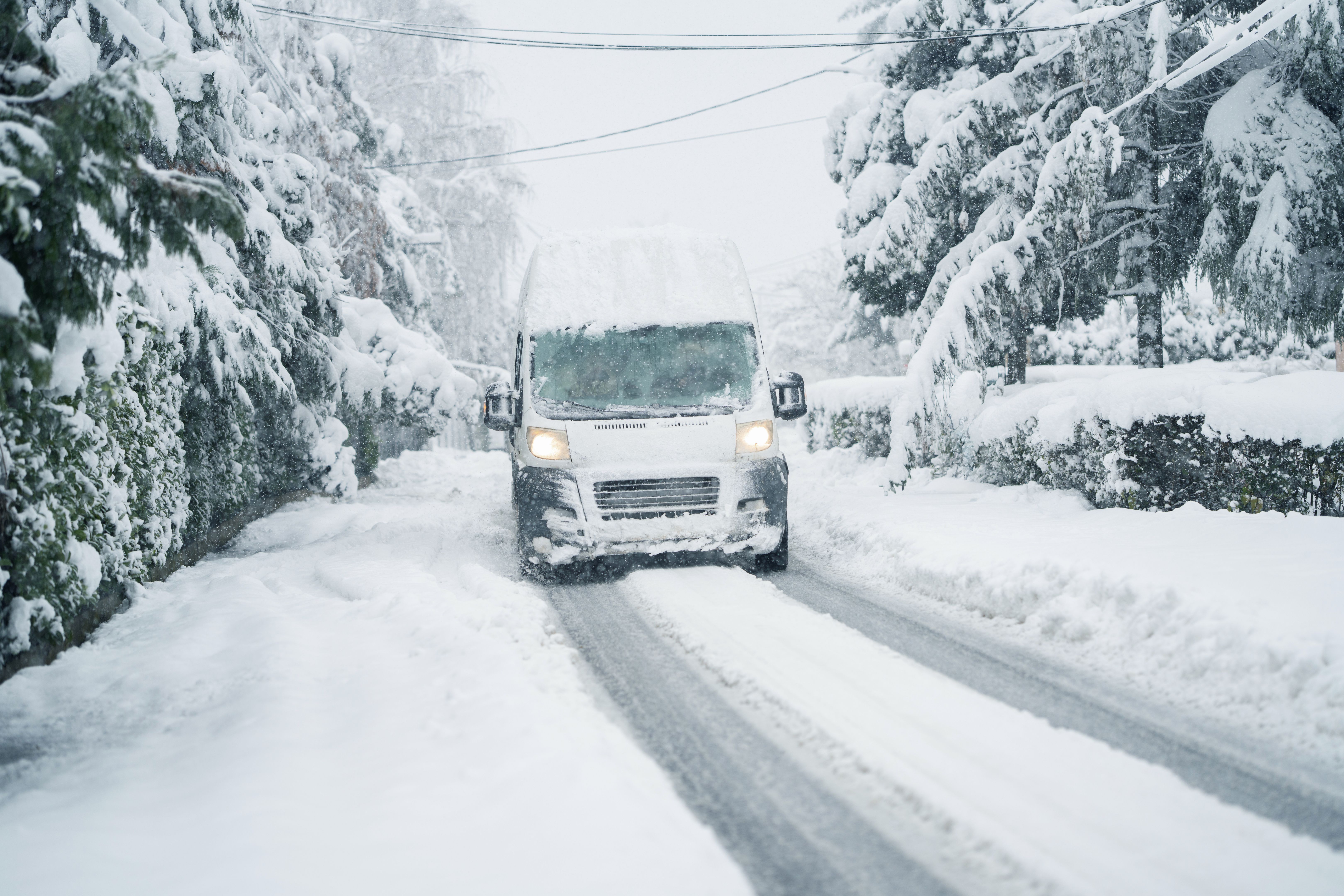Winter Delivery Tips for Mansfield: Ensuring Smooth Last Mile Service
Understanding the Challenges of Winter Deliveries
Winter in Mansfield can bring a unique set of challenges for delivery services, especially when it comes to ensuring smooth last mile delivery. Snow, ice, and freezing temperatures can create obstacles that require strategic planning and execution. For businesses, ensuring that customers receive their packages on time is crucial for maintaining trust and satisfaction.
Understanding these challenges is the first step in overcoming them. From treacherous road conditions to limited daylight hours, winter can test even the most experienced delivery teams. However, with the right strategies and preparation, you can continue to provide excellent service no matter what the weather throws at you.

Preparing Your Fleet for Winter Conditions
Your delivery vehicles are at the heart of your last mile service, and preparing them for winter weather is essential. Start by ensuring that all vehicles in your fleet are equipped with winter tires. These tires provide better traction on snow and ice, reducing the risk of accidents and delays.
Additionally, keep vehicles well-maintained with regular checks on brakes, batteries, and engine fluids. It's also wise to equip each vehicle with a winter emergency kit, including items like blankets, flashlights, and a shovel. This preparation will not only help ensure the safety of your drivers but also reduce disruptions to your delivery schedule.
Training Drivers for Winter Safety
Driver training is another crucial aspect of managing winter deliveries effectively. All drivers should be trained on how to handle vehicles in slippery conditions and how to navigate through snow-covered roads safely. Emphasize the importance of driving at safe speeds and maintaining a greater distance from other vehicles.

Encourage drivers to stay informed about weather forecasts and traffic updates, allowing them to plan their routes accordingly. Implementing a policy where drivers can contact a supervisor if conditions become too dangerous can also help ensure their safety while maintaining service quality.
Optimizing Delivery Routes
Route optimization is vital during the winter months. Use technology to monitor road conditions and traffic patterns in real-time, allowing you to adjust routes as needed. This strategy not only helps avoid delays but also minimizes fuel consumption and wear on vehicles.
Consider implementing a flexible delivery schedule that allows for adjustments based on weather conditions. This flexibility can prevent unnecessary risks while still meeting customer expectations. Keeping customers informed about potential delays due to weather can also help manage their expectations.

Communicating with Customers
Clear communication with customers becomes even more important in challenging weather conditions. Use email, text messages, or phone calls to keep customers updated on the status of their deliveries. Providing accurate ETAs and notifying customers of any potential delays helps maintain transparency and trust.
Consider offering alternative delivery options during adverse weather conditions, such as rescheduling or providing secure pickup locations. This flexibility can greatly enhance customer satisfaction, even when deliveries are impacted by winter weather.
Leveraging Technology for Efficiency
Technology plays a pivotal role in ensuring smooth last mile delivery during winter. Invest in reliable GPS systems and delivery management software that help track vehicles in real-time and optimize routes dynamically. These tools can significantly improve efficiency and service quality.

Incorporate customer feedback mechanisms into your technology stack to continually assess and improve your service. Understanding customer experiences can guide you in making necessary adjustments to your winter delivery strategies.
Implementing Contingency Plans
No matter how prepared you are, unexpected situations can still arise during winter deliveries. Having a contingency plan in place ensures you're ready to respond quickly and effectively. This plan should include steps for managing severe weather disruptions, vehicle breakdowns, or other emergencies.
Ensure all team members are aware of this plan and understand their roles in its execution. Regular drills or discussions about the contingency plan can help reinforce its importance and ensure everyone is prepared when needed.
Conclusion: Committed to Excellence
Providing smooth last mile delivery service during Mansfield's winters requires a combination of preparation, training, communication, and technology. By focusing on these areas, your business can continue to meet customer expectations even in challenging conditions. Remember, the key is to remain proactive and responsive, ensuring that your delivery service remains reliable no matter what winter brings.